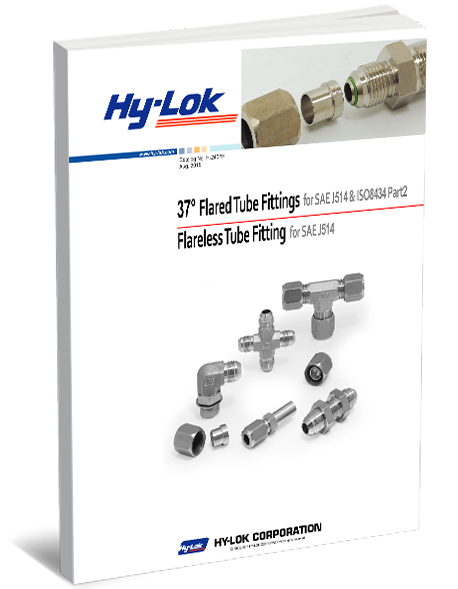Many industries depend on valves to properly regulate their fluid systems by using mechanical or electronic actuation to stop, throttle, restrict or permit a certain amount of fluid through a pipeline. Read on to learn more about block and bleed valves and how industries use them to help reduce the cost of maintenance.
What are Block and Bleed Valves?
Valves are generally designed to regulate fluid flow, whereas block and bleed valves are designed to isolate the fluid from specific equipment. For example, in the chemical industry, block and bleed valves are used frequently during maintenance and repairs to isolate equipment from flammable or toxic fluids. When cleaning or repairing a component in the chemical plant, companies can’t afford to shut down the plant entirely for the purpose of maintenance; instead, they use block and bleed valves to isolate the equipment that requires repairs. The block and bleed mechanism depressurizes the system and isolates a particular section for maintenance and repairs without interrupting the workflow. Block and bleed valves are widely used in the oil and gas, petrochemical and power generation industries to allow companies to isolate equipment without interfering with the ongoing process.
Different Applications for Block and Bleed Valves
While block and bleed valves are mainly used to isolate equipment for maintenance and repairs, they can be used in many different applications, such as:
- Meter Calibration
- Piping/ Instrument Isolation
- Gauge Isolation
- Instrument Drain
- Prevent Product Contamination
- Transmission and Storage
- Chemical Injection Connection
- Sample Connections
Features of Block and Bleed Valves
When selecting block and bleed valves for your fluid systems, you should consider the temperature and pressure parameters you will need as well as any other fluid properties that could affect the valves. If you’re unsure as to which block and bleed valve is suitable for your process, talk to your manufacturer or supplier. Depending on the fluid properties and how the valve will be used, your supplier should be able to determine which product will best suit your objectives.
Hy-Lok Canada Block and Bleed Valves
Hy-Lok Canada’s fluid control system products are uniquely designed with high-quality material and precision engineering to offer customers an unrivalled range of block and bleed valves that satisfy the demands of industries Canada-wide. Our team of experienced engineering specialists has specifically designed compact block and bleed valves that are compact and easy to install for gauge or transmitter instruments. The reduced weight and minimum leak path design provides customers with lower installation requirements and reduces the risks of leaks.
Our block and bleed valves also feature stainless steel handles and stop pins that are guaranteed to not rust in offshore environments. The handles are also designed using full grip PVC sleeves to be able to withstand a wide range of temperatures and pressures. We have engineered our valves with precision to ensure that clients will not have to replace or repair them regularly.
Looking For High-Quality Block and Bleed Valves?
Contact us today and learn more about our wide range of fluid system components, including block and bleed valves. With our nationwide network of distributors across Canada, we are able to supply you with all the necessary components you need, no matter how remote the location is. If you’re experiencing a tight deadline, ask us about our expedited shipping services!




